15 Films About Memory: Cinema has long been a fertile ground for exploring the complexities of memory with its ability to capture fleeting moments and weave them into meaningful narratives. From the silent era to the age of CGI, films have delved into the bewildering world of our minds, grappling with questions of identity, loss, and the very essence of what it means to be human. Through the lens of memory, filmmakers have the power to transport audiences across time and space, inviting them to relive moments of joy, sorrow, and everything in between. Whether exploring individual memories or collective histories, films can illuminate the ways in which memory constructs our everyday lived experiences.
Memory also serves as a powerful tool for examining the intricacies of human relationships. From romantic love to familial bonds, the memories we share with others actively shape the fabric of our connections and influence the trajectories of our lives. We all grapple with the bittersweet sting of nostalgia, the frustration of forgotten details, and the yearning to recapture lost moments. Experimental films often utilize innovative techniques to depict the fragmented nature of memory. Think of jump cuts, dreamscapes, and distorted imagery – all tools used by directors to create a viewing experience that mirrors the way we recall the past.
This article explores 15 such films, spanning a diverse array of cinematic masterpieces that span genres, styles, and themes. We’ll journey through science fiction worlds where memories can be erased, delve into the poignant realities of dementia, and explore the power of first love revisited through the lens of fading recollection. From classical Hollywood films to international arthouse favorites, each of these films offers a unique perspective on the theme of memory, inviting audiences to ponder the complexities of remembrance and its enduring significance to cinematic and cultural history. So, buckle up. And remember to enjoy.
1. Citizen Kane (1941)
Orson Welles‘ groundbreaking 1941 film is a testament to the power of memory and its ability to shape our understanding of truth. The film’s nonlinear narrative structure unfolds through a series of recollections, each providing a unique perspective on the life of the enigmatic newspaper tycoon Charles Foster Kane. Kane dies uttering the word “Rosebud,” a seemingly insignificant detail that becomes the key to unlocking his past. As the story unfolds, we are presented with a mosaic of memories, each offering a glimpse into the complex layers of Kane’s persona, from his humble beginnings to his meteoric rise and eventual isolation. Yet, the true Kane remains elusive, shrouded in the discrepancies of memory.
Orson Welles’ performance in the titular role is nothing short of mesmerizing, as he effortlessly portrays Kane’s transformation from a wide-eyed idealist to a bitter and disillusioned figure. His direction invites the viewer to question the reliability of these recollections, challenging the notion of objective truth, especially when it comes to questions of identity. We are forced to confront the subjectivity of memory through the lens of multiple narrators, as everyone’s recollection is colored by their personal biases and experiences. It reminds us that the past is not a fixed entity but a fluid interpretation shaped by perspective. Is “Rosebud” a person, a place, or a symbol of lost innocence? Does it even make sense to ask such questions following the death of the utterer? Citizen Kane remains a landmark cinematic achievement to this day with its intricate examination of the complexities of memory and the elusiveness of subjective truth.
2. Rashomon (1950)
Imagine a torrential downpour forcing a group of strangers to huddle for shelter under a crumbling gate. But the refuge is temporary as a story unfolds – a story that dismantles the very concept of a singular truth. Rashomon is a cinematic exploration of the malleability of memory, set in the decaying world of feudal Japan and centered around a gruesome event: the murder of a samurai and the assault of his wife in a dense forest. The narrative unfolds through a series of contradictory accounts, each recounting the events surrounding the murder.
First, a nervous woodcutter recounts stumbling upon the crime scene, his account laced with fear and self-preservation. Then, the bandit accused of the crime delivers a boastful yet contradictory version, painting himself as a cunning victor. The samurai’s wife, her voice trembling with vulnerability, recounts a tale of manipulation and violence. Matters are only complicated as the slain samurai himself is brought back through a medium, offering a final desperate attempt to reclaim the narrative for himself. Kurosawa’s genius lies in his ability to present these conflicting perspectives with equal weight, forcing the viewer to question the very notion of objective truth.
As the film progresses, the forest itself becomes a character, a silent observer of the unfolding drama. Its dense foliage and dappled sunlight create a sense of ambiguity, mirroring the fragmented memories presented. We are left questioning: Did the wife truly consent? Was the bandit a ruthless predator or a desperate opportunist? Did the samurai die with honor, or was his spirit consumed by vengeance? The film’s impact extends far beyond the silver screen, attested by the term “Rashomon effect” entering our lexicon, signifying the existence of multiple contradictory interpretations of the same event.
3. Wild Strawberries (1957)
Bergman’s Wild Strawberries, unfolding like a dream, is a road trip into the twilight years of Professor Isak Borg (Victor Sjöström), a distinguished but emotionally distant 78-year-old doctor. As he embarks on a journey from Stockholm to Lund to receive an honorary degree, a procession of memories begins to surface, forcing him to grapple with the ghosts of his past, the regrets that haunt him, and the fleeting nature of life itself. We see a young Isak, brimming with idealism and ambition, struggling to connect with his emotionally frigid mother. A past love affair, filled with youthful passion and heartbreaking loss, flickers back to life. Dreams, both whimsical and nightmarish, offer glimpses into Isak’s deepest anxieties and regrets.
The present journey serves Isak as a catalyst for introspection. As the miles unfurl beneath the wheels of his car, he is besieged by memories, both sweet and bitter. Traveling with his pregnant daughter-in-law Marianne (Ingrid Thulin), Isak encounters a contrasting perspective on life. Marianne’s youthful vibrancy and her strained relationship with her husband Evald (Gunnar Björnstrand), Isak’s only son, force him to confront the coldness within his own family. Memory is not merely a passive vessel in Wild Strawberries but an active participant, shaping the contours of Borg’s reality. As Isak confronts his past, there’s a glimmer of hope. A recurring childhood memory – a patch of wild strawberries, a symbol of innocence and joy – becomes a beacon of warmth, representing a simpler, happier time and a connection to his past that transcends negativity.
4. Last Year at Marienbad (1961)
A true cinematic puzzle box, Resnais’ Last Year at Marienbad is set within the opulent confines of a grand European hotel, following a mysterious unnamed man (Giorgio Albertazzi) who approaches an unnamed woman (Delphine Seyrig). He insists they’ve met before, at a similarly grand hotel – perhaps Marienbad, perhaps another location entirely. The man attempts to convince the woman that they had met and fallen in love the previous year, even though she denies any recollection. This central premise catalyzes a surreal and dreamlike journey, where the boundaries between memory, imagination, and reality become increasingly muddied. Is the man a charming manipulator, or is the woman genuinely forgetful, their potential connection lost in the mists of time?
A third character (Sacha Pitoëff), who may be the woman’s husband or lover, adds another layer of complexity, silently observing their interactions and occasionally engaging in a tense mathematical game with the man. Memory, or perhaps the lack thereof, is the beating heart of Last Year at Marienbad. Time is fluid, locations blur, and dialogue is sparse, often cryptic. The opulent setting of the chateau, with its vast corridors, identical rooms, and exquisite gardens, becomes a metaphor for the labyrinthine nature of memory. Just as the characters navigate the physical space, the audience navigates the twists and turns of their recollections, if they “really exist” at all. Resnais’ use of repetitive sequences and lingering camera shots forces the viewer to become an active participant in the construction of meaning, prompting them to engage with the film on a deeper, more visceral level.
5. La Jetée (1962)
La Jetée, Chris Marker’s 1962 avant-garde masterpiece, is a captivating exploration of memory, time, and the enduring power of human connection. Nuclear war has ravaged the surface of a post-apocalyptic Paris plunged into darkness, forcing survivors to dwell in the subterranean depths of the Palais de Chaillot. Told entirely through a series of still photographs, La Jetée unfolds like a haunting slideshow of memories. The protagonist, a nameless man, narrates his story in a voice-over, recounting a childhood trauma – the witnessing of a stranger’s murder at an airport. This vivid and unsettling memory, indelibly attached to an image of a woman on a jetty, becomes the catalyst for his future.
The man is chosen for a time-travel experiment, where his memories become the key to unlocking the secrets of the past and potentially altering the course of the future. The recurring image of the airport murder becomes a potent symbol. It represents a fixed point in the past, yet each time the man revisits it through time travel, the details shift. Is this a result of the trauma, the distortions of time travel, or perhaps the inherent unreliability of memory itself? La Jetée may be a film of still images, but the exploration of memory within its frames pulsates with a life of its own. Marker’s use of still photography imbues the film with a dreamlike quality, as if frozen moments in time hold the key to unlocking the mysteries of existence.
6. Mirror (1975)
Tarkovsky’s masterpiece, Mirror, is a profoundly poetic exploration of personal memory, identity, and the fragility of human existence. The film interweaves multiple timelines and perspectives, blurring the lines between past and present, reality and memory. At its core is the story of a dying man, Alexei, reflecting on his life and childhood in pre-WWII Russia. His memories are interwoven with those of his mother, Maria, and her struggles during the war years. The narrative is structured as a series of vignettes, giving us glimpses of Alexei’s rural childhood, where he lived with his mother, father, and beloved nanny. These idyllic scenes are juxtaposed with the harrowing wartime experiences of Maria as she endures hardship, separation from her husband, and the ever-present threat of violence.
Throughout the film, certain motifs and symbols recur, taking on a dreamlike, metaphorical resonance. The image of a burning barn, for instance, reminds one of the destructions and trauma of war, while the presence of Alexei’s nanny serves as a comforting tether to his childhood memories. Tarkovsky’s brilliance is revealed in the film’s evocative visual style. Long, contemplative takes, dreamlike imagery, and the use of natural light create a sense of meditative beauty. The film is a visual poem, inviting the audience to experience memories not just at the intellectual level but also carrying an intense emotional charge. Aptly titled, Mirror leaves us deeply pondering: can we truly piece together a coherent self from the fragments of memory, or are we forever adrift in a sea of subjective recollections?
7. Memento (2000)
Far from being your average whodunit, Nolan’s neo-noir Memento thoroughly reinvigorated the genre’s imaginative boundaries with its exploration of memory loss, wrapped within a tale of vengeance. We meet Leonard Shelby (Guy Pearce), a man suffering from anterograde amnesia, a condition that prevents him from forming new memories. His entire world revolves around one singular purpose – finding and killing the men who brutally attacked him, raped his wife, and left him with this debilitating condition. Leonard has developed an elaborate system to help navigate his fractured reality. He uses Polaroids to document everything, tattoos cryptic messages on his body, and writes notes that he carries with him everywhere. Each piece of information is a lifeline, a desperate attempt to hold onto a semblance of coherence in a world that constantly slips through his grasp.
Memory in Memento is not merely a passive recording of past events but an actively contested battleground of conflicting narratives and hidden truths. As the story progresses backward, we slowly piece together the events leading up to the attack. Leonard isn’t some average garden-variety unreliable narrator, for here, the element of doubt is introduced by a bodily impediment over which the subject himself has very little control. The non-linear narrative puts us directly in his shoes, experiencing the disorientation and frustration of his amnesia. We grapple alongside Leonard to piece together the past, constantly doubting the information presented. His reliance on external cues (like photos and tattoos) highlights the fallibility of human memory – vulnerable to manipulation, distortion, and the passage of time.
8. Mulholland Drive (2001)
David Lynch‘s Mulholland Drive emerges as a haunting odyssey through the dark and disturbing corridors of the human psyche – the plot unfolding like a fever dream, a fragmented puzzle where memory crumbles and identity melts into the shimmering heat haze of Los Angeles. We meet Betty Elms (Naomi Watts), a wide-eyed brunette fresh off the bus from a small town, yearning for a shot at Hollywood stardom. In a cruel twist of fate, she ends up bruised and bewildered in a stranger’s apartment, clutching a blue key card and possessing only fragmented recollections of her identity. Meanwhile, another young woman with platinum blonde hair (Laura Harring) stumbles out of a car crash on Mulholland Drive, the iconic Los Angeles road that winds through the Hollywood Hills. Unable to speak, she takes refuge in the same apartment complex where Betty finds herself.
Lynch’s genius manifests in his ability to weave memory and desire into the fabric of the plot, creating a surreal narrative where symbols and motifs gradually accrue haunting significance. The recurring imagery of the ominous blue box, the eerie diner, and sinister figures lurking in the shadows become emblems of the characters’ repressed longings and fragmented recollections, inviting the audience to decipher their metaphorical resonance. As Betty throws herself into the treacherous world of Hollywood auditions, the blonde woman (christened “Rita” after Rita Hayworth) embarks on a desperate search for clues about her past and a mysterious blue key that haunts her dreams. Featuring an audacious rejection of conventional storytelling conventions, Mulholland Drive’s embrace of surrealist aesthetics has solidified its status as a seminal work of postmodern cinema.
Related to Films About Memory: How To Get Started With David Lynch
9. Eternal Sunshine of the Spotless Mind (2004)
Gondry’s 2004 science fiction romance transcends its genre confines with its poignant exploration of love and the impulsive desire to erase emotional baggage, set in the distant future when technological advancement has produced a memory erasure service. The narrative centers on Joel Barish (Jim Carrey), an introverted man who discovers that his estranged girlfriend Clementine Kruczynski (Kate Winslet) has used the service to expunge him from her past and decides to do the same himself. We witness Joel’s relationship with Clementine through fragmented flashbacks, jumping between blissful moments of connection and the bitter arguments that led to their breakup. We see glimpses of past arguments, highlighting the couple’s turbulent relationship and the emotional baggage they carry.
The film cleverly utilizes the Lacuna procedure as a metaphor for the human tendency to selectively edit our past. As Joel desperately tries to salvage cherished moments, we grapple with the ethical implications of memory manipulation. Can we truly erase someone we love without fundamentally altering ourselves? Does selective editing offer emotional solace, or does it rob us of the rich, albeit ambiguous, tapestry of experiences that shape a relationship? Eternal Sunshine invites us to ponder the very essence of love and the indelible mark it leaves on our psyche, even when the conscious recollection of it has been erased. Can we truly distinguish between “genuine” memories and the embellished narratives we construct? Gondry masterfully blends reality and dream, creating a surreal and captivating world that reflects the utterly confounding realm of memory.
10. The Tree of Life (2011)
Terrence Malick‘s 2011 masterpiece The Tree of Life is no conventional narrative but rather a poetic symphony of memory, mortality, and the ineffable wonder of existence. The film follows the O’Brien family, particularly eldest son Jack (Sean Penn), as he reflects on his upbringing in 1950s Texas and grapples with the loss of his younger brother R.L. Fragmented glimpses of his present life – a strained relationship with his wife (Jessica Chastain), a distant connection with his sons – paint a portrait of a man haunted by something unseen. But the film doesn’t linger on the present. It seamlessly transports us back to Jack’s childhood in Waco, Texas, a sun-drenched haven brimming with innocence and wonder. We witness life through the curious eyes of young Jack (Hunter McCracken), experiencing the joys of exploration alongside the sting of loss and the confusion of a world not fully understood.
These childhood memories aren’t presented chronologically but rather surface in vivid bursts, propelled by emotional logic rather than a linear timeline. A playful moment with dinosaurs fashioned from leaves gives way to a heart-wrenching scene of his younger brother’s death by drowning. The film masterfully captures the fragmented nature of memory, the way emotions and sensory details often trump chronological order. Throughout The Tree of Life, memory is portrayed as both a source of comfort and a burden. Jack’s memories of his brother R.L. are tinged with nostalgia and longing as he grapples with the pain of loss and the passage of time. Malick utilizes striking visuals to evoke a sense of awe and wonder – breathtaking shots of the Texas plains bathed in golden sunlight and cosmic visuals depicting the formation of the universe.
11. 36 (2012)
Research has long suggested that clicking pictures is linked to poor memory, i.e., seeing something beautiful or worth remembering. If we rush to snap a photo instead of savoring the scenery, we’re more likely to have a weaker recollection of that moment. Nawapol Thamrongrattanarit‘s debut feature examines this delicately paradoxical relationship between photography and memory, as the protagonist Sai (Koramit Vajrasthira)―a location scout for a filmmaker―loses an entire year’s worth of photos when her hard disk crashes, and she feels like her own memory of the year 2008 has suddenly been deleted.
The title 36 is a reference to the 36 photos that can be taken on a single roll of film in an analog still camera. Likewise, the film itself is made up of exactly 36 static shots, each of them titled differently as if they were individual photographs. During one of her location scouting visits, Sai meets art director Oom (Wanlop Rungkamjad), and they strike up a quick friendship despite being antitheses of each other. While Sai uses a digital camera to click an abundance of photos, taking full advantage of its largely superior storage capabilities, Oom still uses an old-fashioned manual camera and thus must use it sparingly.
Oom, therefore, refrains from snapping images at every whim and rather emphasizes the importance of absorbing sights with his own eyes, while Sai is too conditioned by the convenience of digital technology to be so careful. The film masterfully utilizes silence and subtle gestures to convey a wealth of emotions. A hesitant touch, a lingering glance, a shared smile – these seemingly insignificant moments become imbued with great significance, leaving the audience to piece together a narrative where gaps are deliberately left to allow for the free play of our imaginaries.
12. Still Alice (2014)
A heartbreaking exploration of Alzheimer’s disease, Still Alice chronicles the gradual yet devastating decline of Alice Howland (Julianne Moore), a linguistics professor entering her fifties. The film opens with Alice at the peak of her career, juggling demanding academic work with a supportive family life. However, subtle cracks begin to appear in her seemingly perfect world as she forgets familiar words during lectures, struggles to follow recipes, and loses her way on a jog. A devastating diagnosis of early-onset Alzheimer’s throws Alice’s life into disarray, forcing her to confront the gradual erosion of her most prized possession – her sharp intellect and vibrant memories.
As her mind slips away, Alice struggles to hold onto her identity and maintain a semblance of normalcy in her life. Her husband, John (Alec Baldwin), grapples with the burden of caregiving, and his initial stoicism gives way to frustration and fear. Memory becomes Alice’s battleground, as she desperately employs memory aids, keeps detailed journals, and leans on her loved ones to piece together the fragments of her fading past. Moore delivers a powerhouse performance, capturing the essence of a brilliant mind trapped in a failing body, her vulnerability and resilience tugging at the viewer’s heartstrings and winning her a much-deserved Academy Award for Best Actor. The film’s exploration of memory has sparked important conversations about aging, mental health, and the importance of empathy and understanding in the face of crippling illnesses.
13. Jonaki (2018)
Crumbling walls. Broken stairwells. Damp floors covered with overgrowth and rot. Such is the haunting world of decaying memories that the 80-year-old Jonaki (Lolita Chatterjee) returns to in her sleep, perhaps searching for some sort of closure to her lifelong unfulfilled hopes, dreams, and desires. Aditya Vikram Sengupta’s sophomore feature, oneiric by design yet intimate in effect, manages to plumb the depths of memories and dreams and captures their fleeting coherence with such authenticity and profound beauty that only very few can match. Inside this kaleidoscopic theatre of dreams, the dying Jonaki’s hopes and fears materialize as rot and decay—as she traverses a lifetime’s worth of forsaken memories—and we are humbly invited along for the ride.
The film depicts the parallel journeys of Jonaki, grappling with dementia, and her long-lost love (Jim Sarbh), who returns to a world she’s slowly leaving behind. Armed with oranges, a symbol of their past connection, her lover navigates the bustling streets of Kolkata, a stark contrast to the sterile environment of Jonaki’s assisted living facility. As their stories intersect and diverge, Sengupta crafts a haunting exploration of the cyclical nature of life and the indelible imprint of memory on our perceptions of reality. Sengupta’s background as a painter is evident in the film’s visual storytelling. Through a series of exquisitely composed tableaux and dreamlike sequences, he creates a rich procession of images that evoke a sense of melancholic beauty and profound contemplation.
14. The Father (2020)
The Father is a harrowing and disorienting exploration of dementia, thrusting us into the fragmented world of Anthony (Anthony Hopkins), an aging man grappling with the debilitating effects of memory loss. Prepare to be unsettled, as the film masterfully blurs the lines between reality and delusion, forcing the viewer to directly confront the unreliability of memory and the profound impact of dementia on both the sufferer and those around them. The narrative unfolds from Anthony’s perspective, and we witness him struggling to recognize his surroundings, questioning the identity of his daughter Anne (Olivia Colman) and the constant stream of caregivers who appear in his London apartment. Conversations become repetitive, accusations fly, and frustration mounts as Anthony desperately clings to the fragments of his fading memory.
Adapted from Zeller’s eponymous 2012 play, the film cleverly utilizes scenography and camerawork to heighten the sense of disorientation. Rooms shift layout inexplicably, characters morph into unfamiliar faces, and dialogue loops back on itself, mirroring the fractured nature of Anthony’s mind. This immersive approach forces the audience to experience the world through Anthony’s bewildered eyes, fostering empathy and a profound sense of unease. One of the most powerful scenes in the film features a conversation between Anthony and Anne where Anthony expresses his fear of being placed in a care home and losing his autonomy. Anthony Hopkins delivers a tour-de-force portrayal of a man grappling with the ravages of dementia, capturing the heartbreaking vulnerability and moments of lucidity that characterize this condition.
15. Memoria (2021)
Memoria is a slow-burning hypnotic exploration of memory and loss set amidst the enigmatic and treacherous beauty of Colombian jungles. We follow Jessica (Tilda Swinton), a Scottish woman grappling with a recurring soundscape – a mysterious, thumping noise that disrupts her sleep and haunts her waking hours. As she delves deeper into the source of the sound, the filmic text unravels like a dream, blurring the lines between reality and memory, before and after. One of the film’s most memorable sequences involves Jessica’s encounter with a group of archaeologists excavating an ancient burial site. Just as the archaeologists meticulously uncover artifacts from the past, Jessica embarks on her own journey of excavation, delving into the depths of her subconscious in search of answers.
The narrative unfolds at a languid pace, mirroring the rhythm of life in the Colombian village where Jessica finds herself. Days bleed into nights, punctuated by the cacophony of insects and the whispers of locals about a mythical waterfall said to hold the key to forgotten memories. This deliberate pacing allows the audience to sink into the film’s atmosphere, a world where rational logic takes a backseat to a more intuitive, sensory experience.
The film masterfully utilizes sound as a narrative device. The persistent thump that plagues Jessica becomes a tangible manifestation of her internal turmoil. It’s a constant reminder of something lost, a fragment of a forgotten past yearning to be acknowledged. Weerasethakul also incorporates the sounds of the jungle – the chirping of birds and the rustling of leaves – to create a deep sense of immersion, blurring the lines between the natural world and the realms of Jessica’s subjective experience.


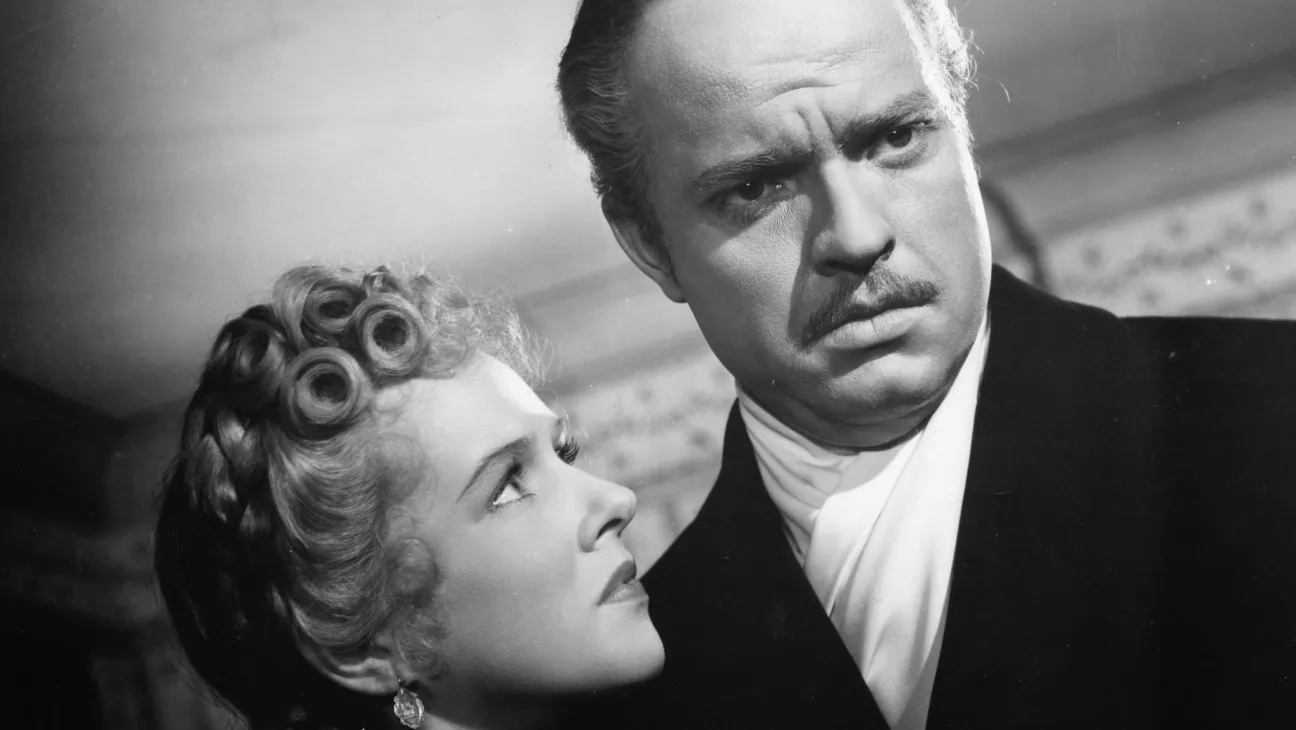
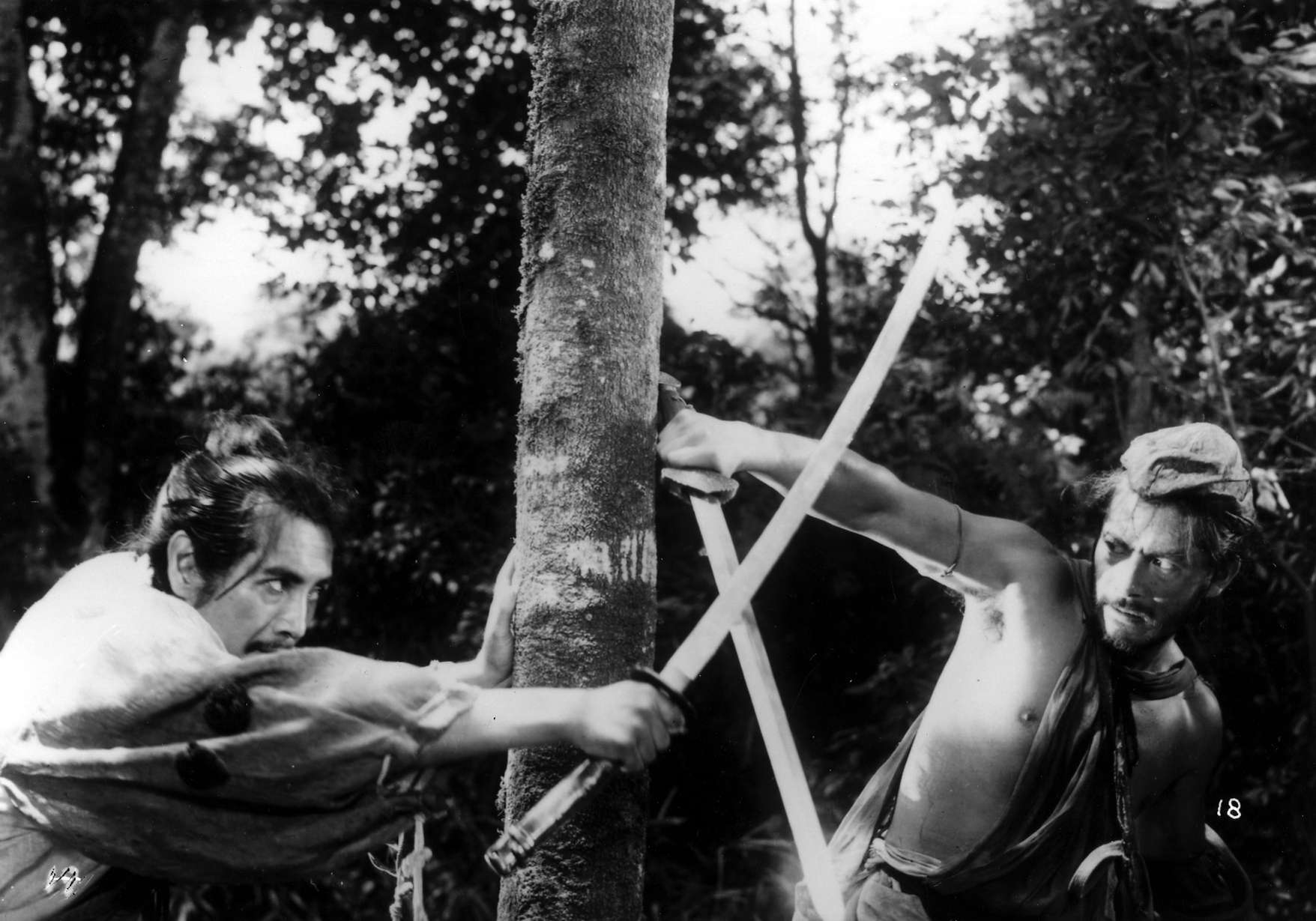
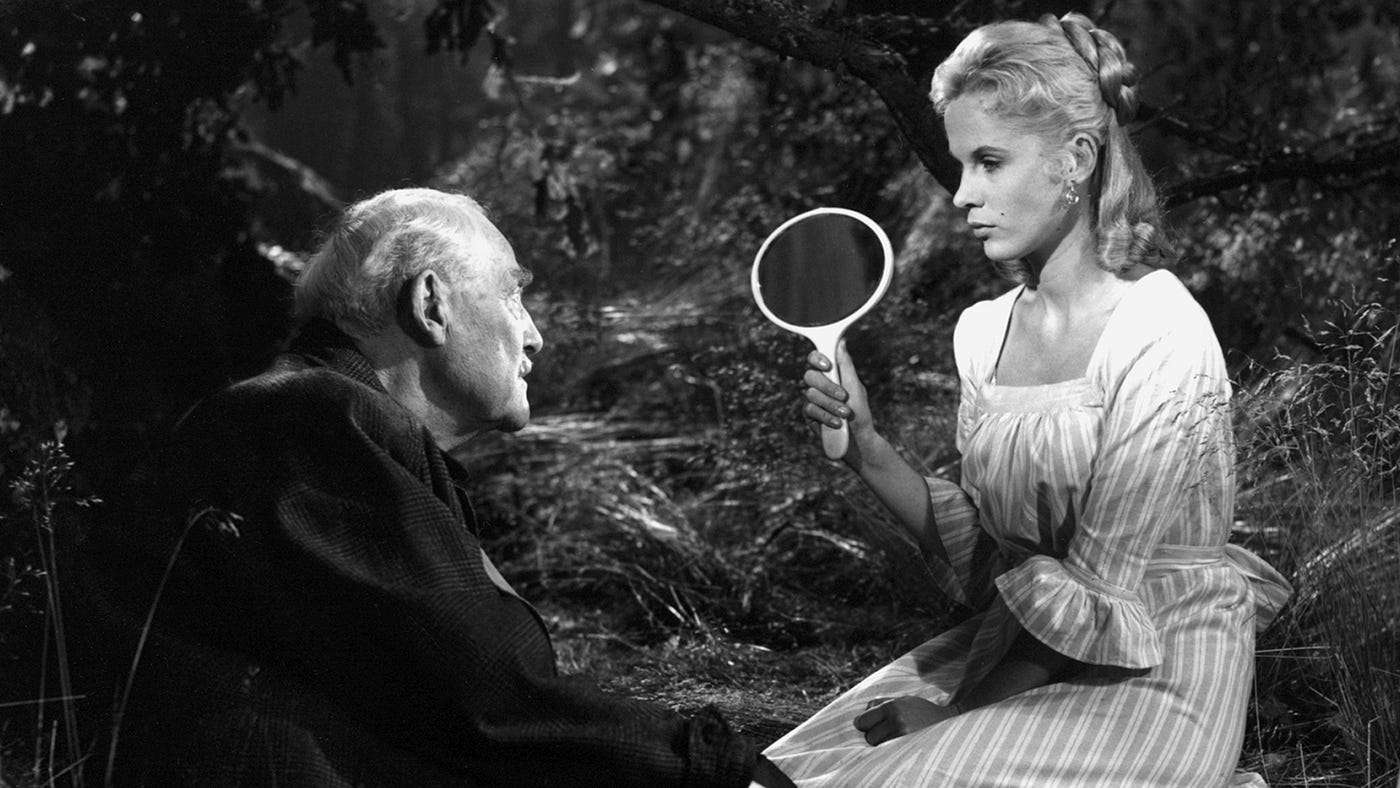
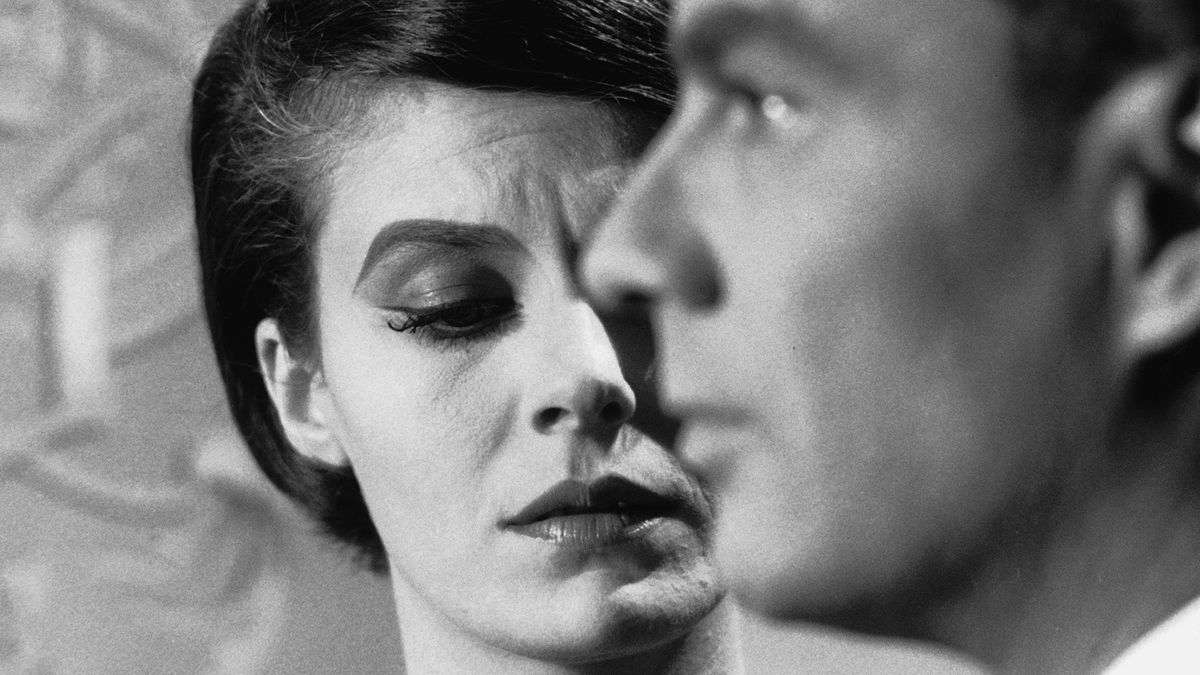
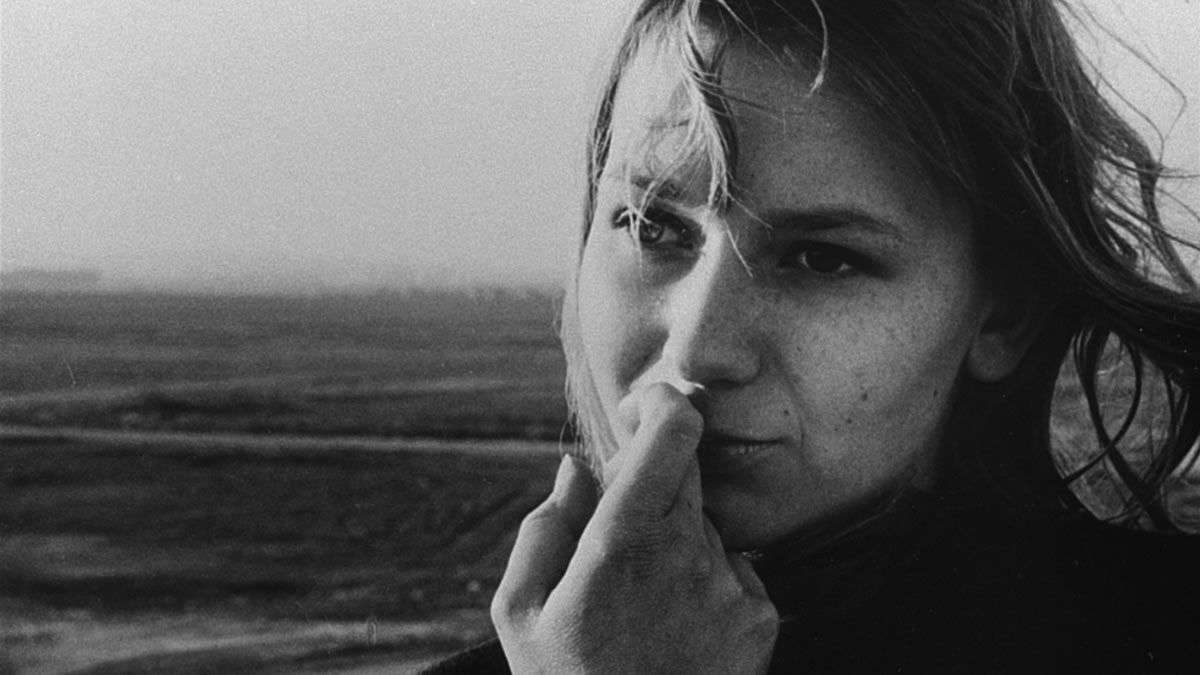
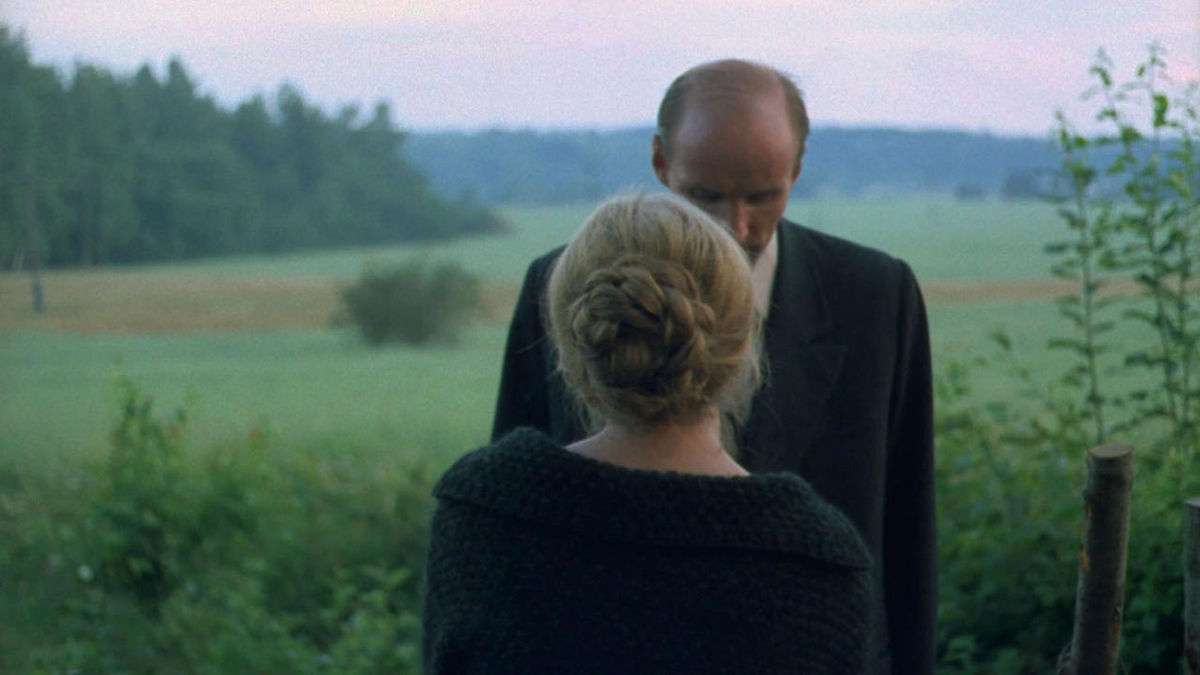
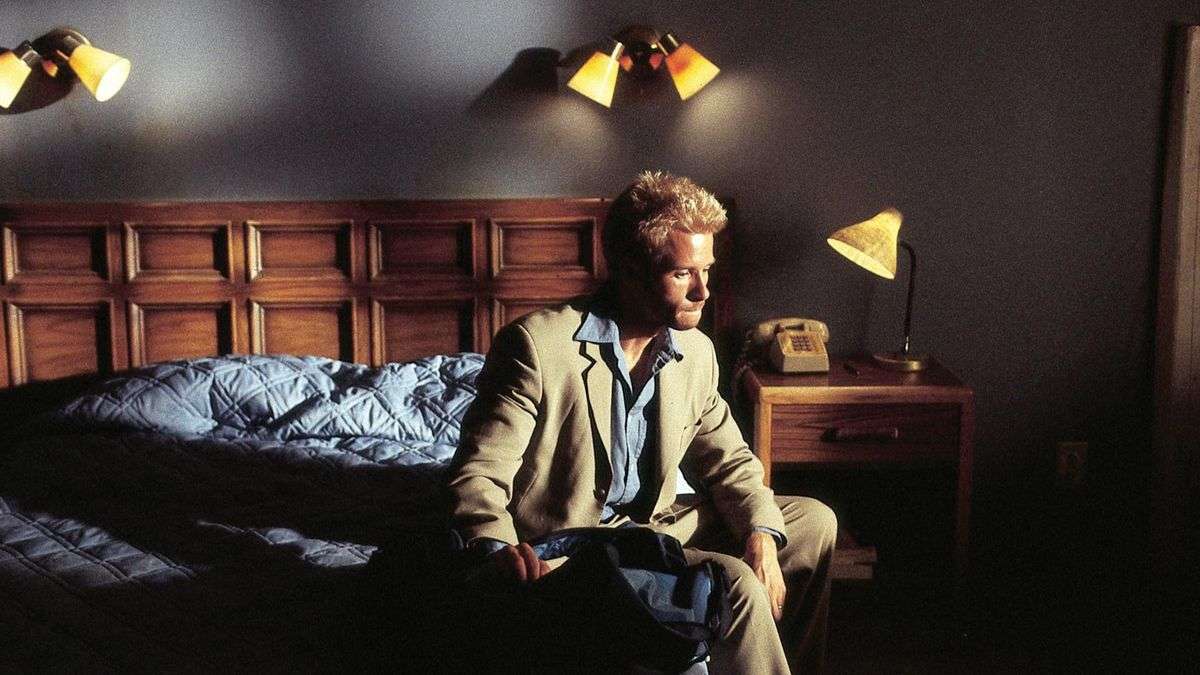


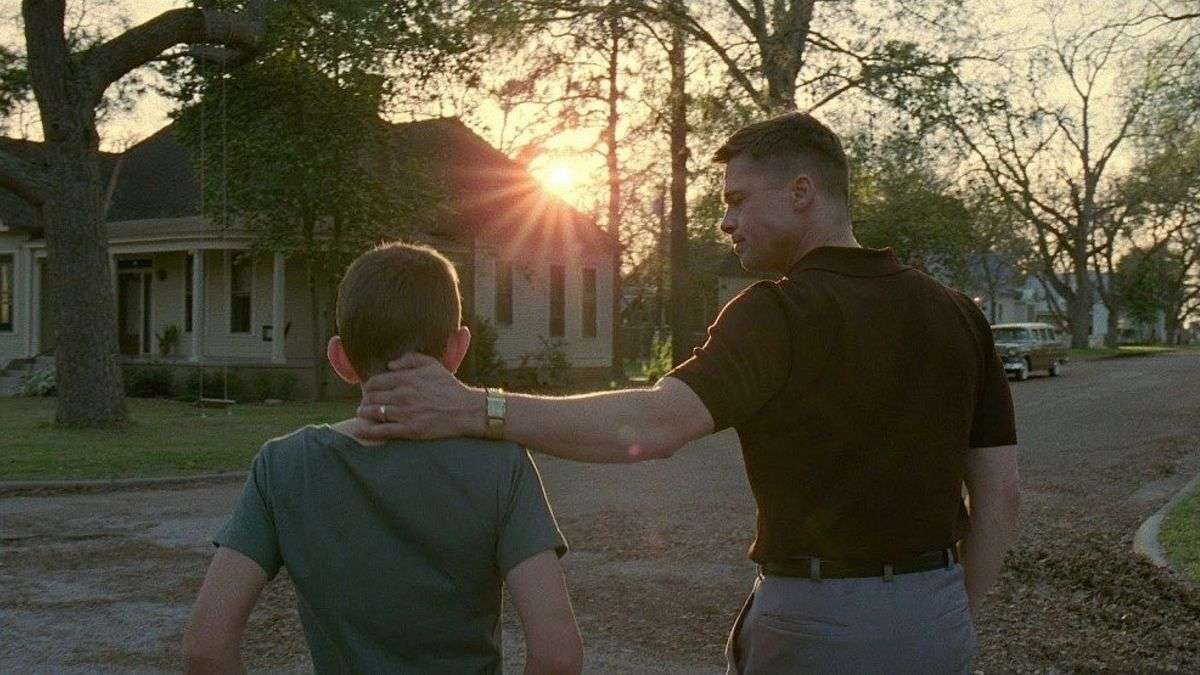
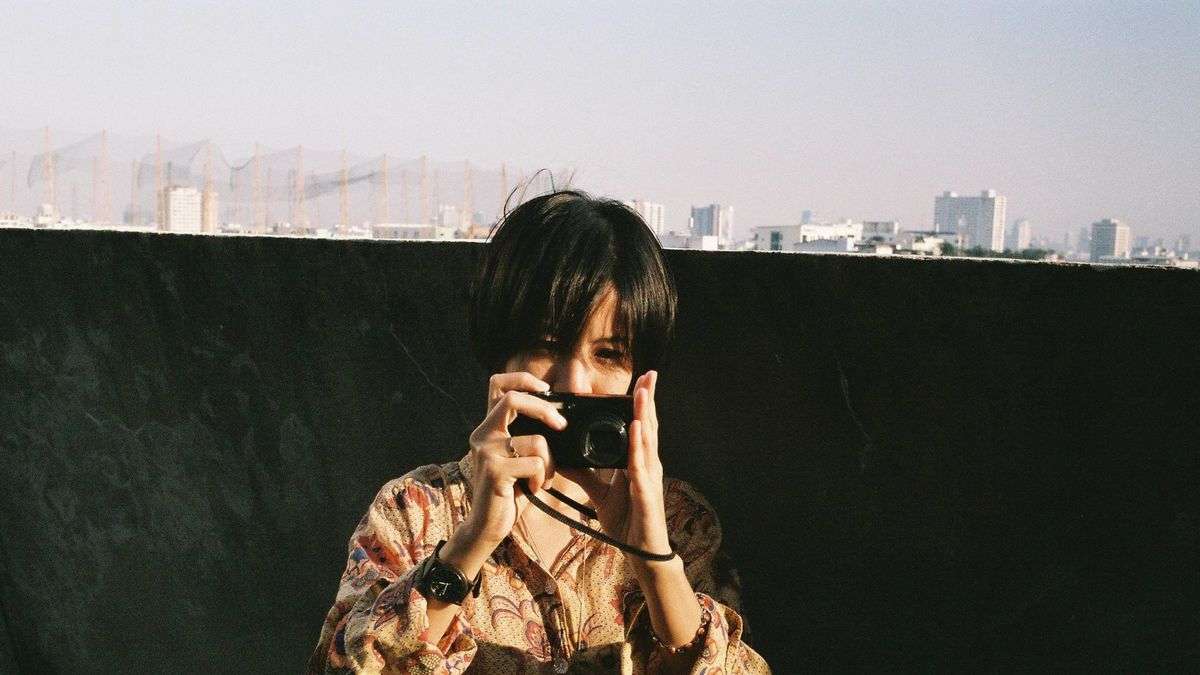
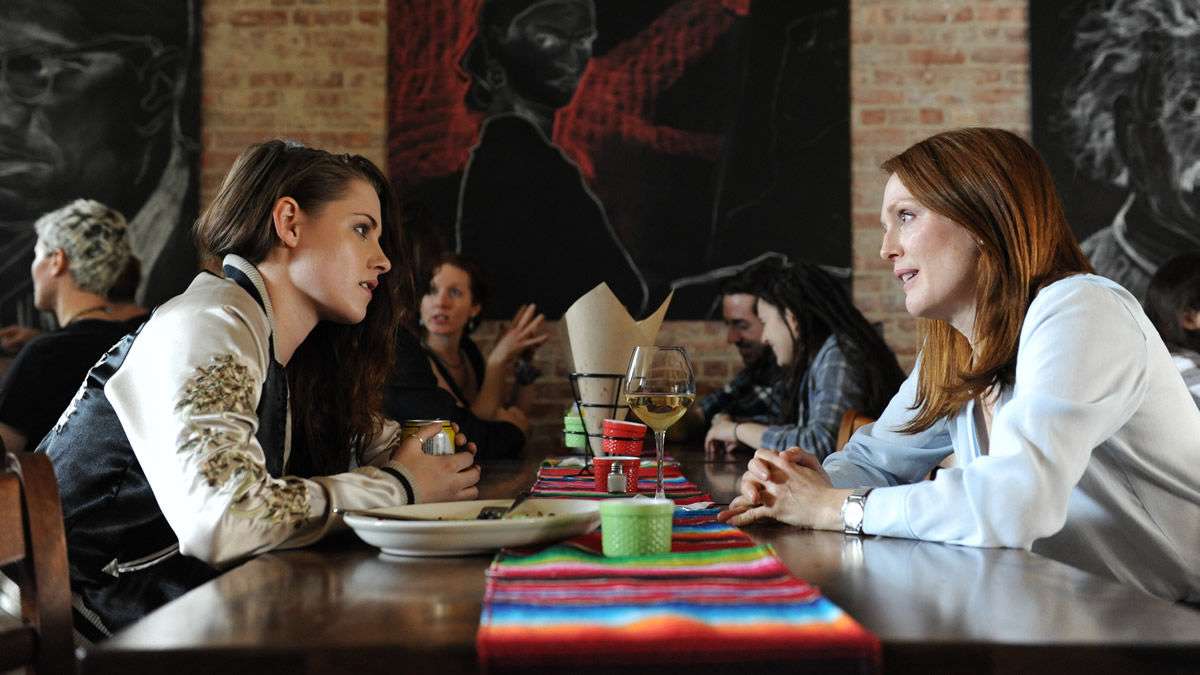
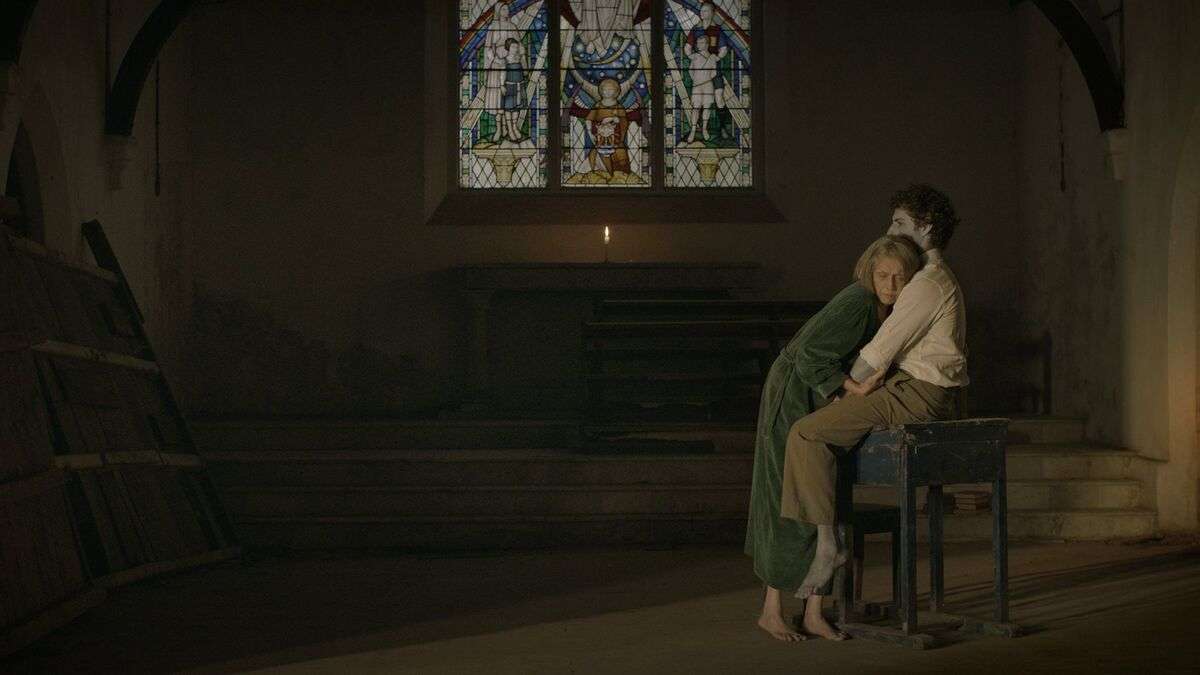
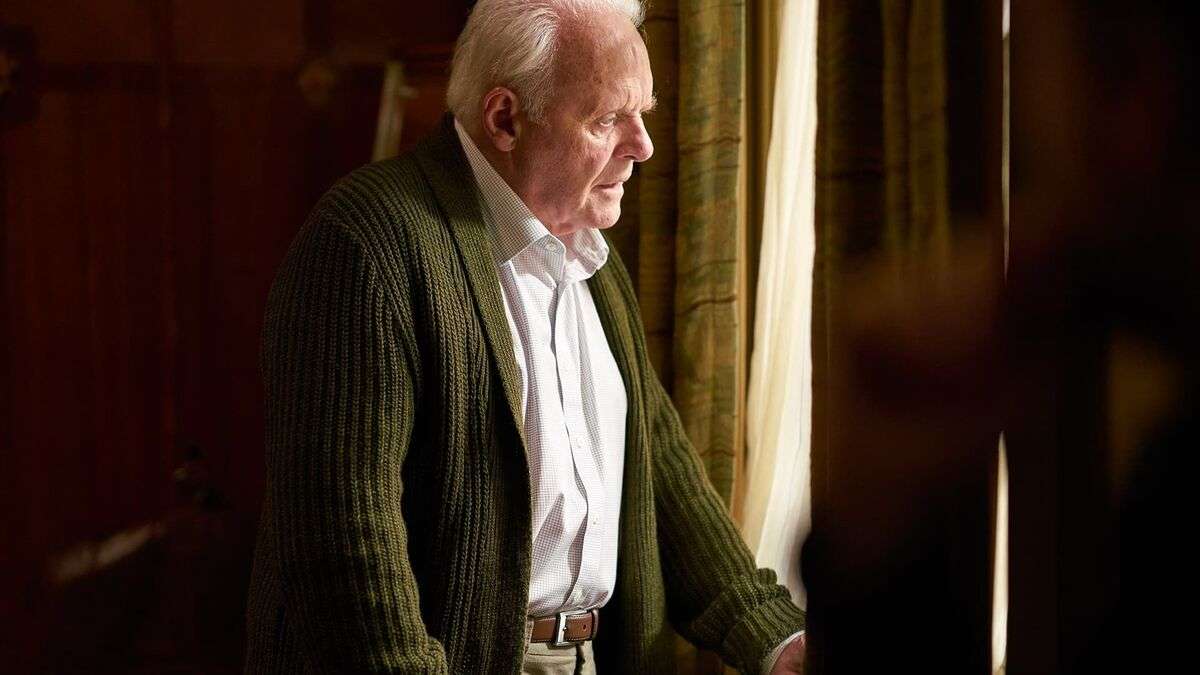
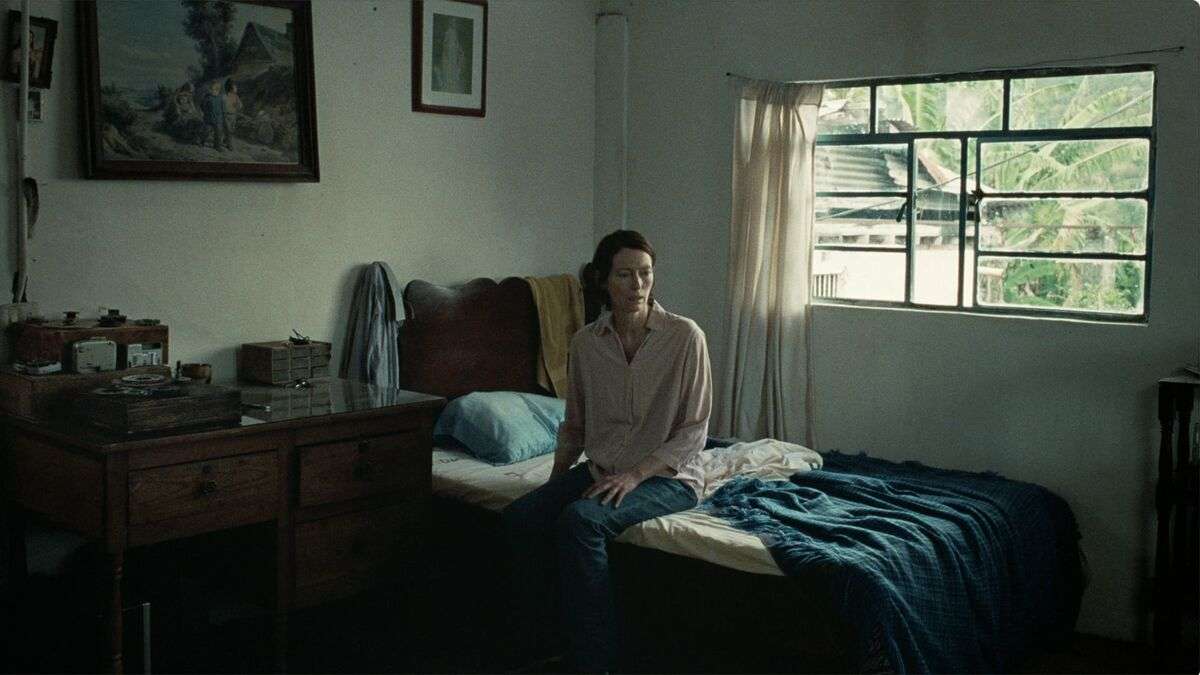

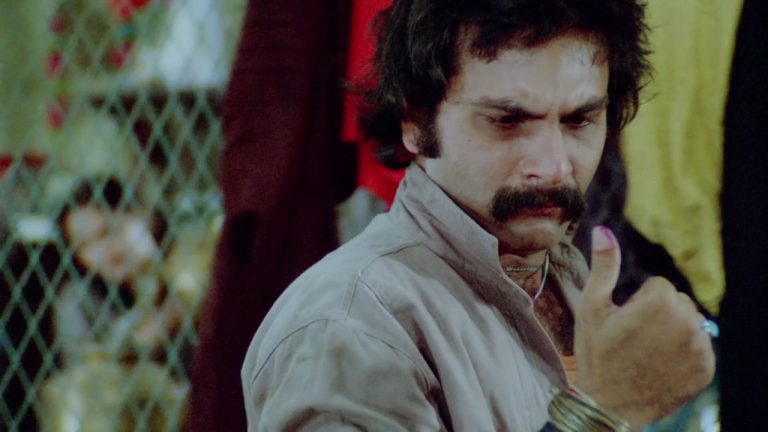

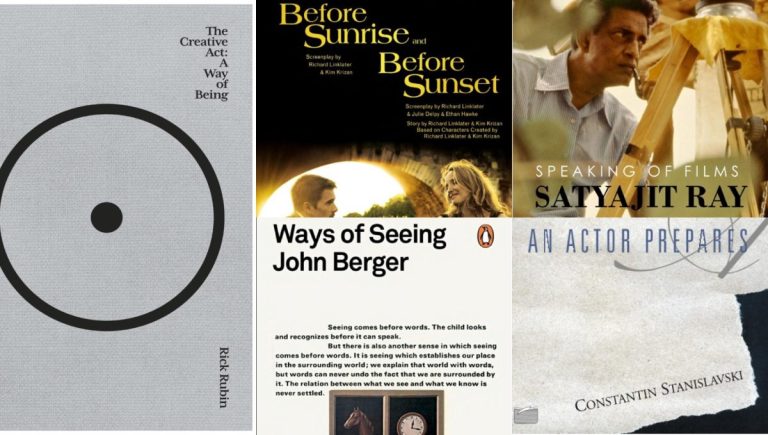
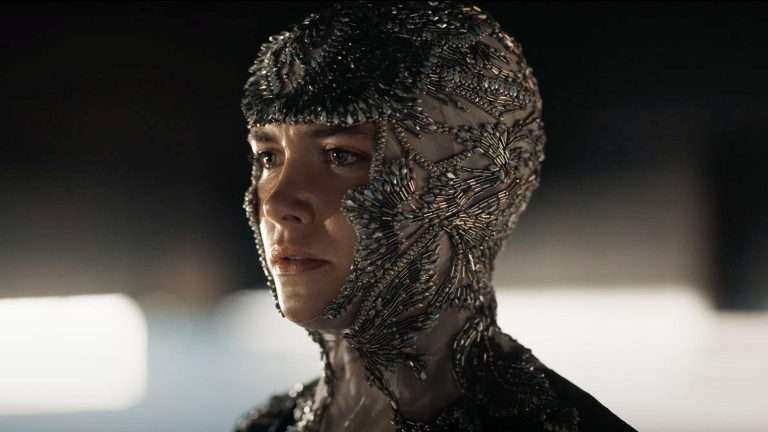
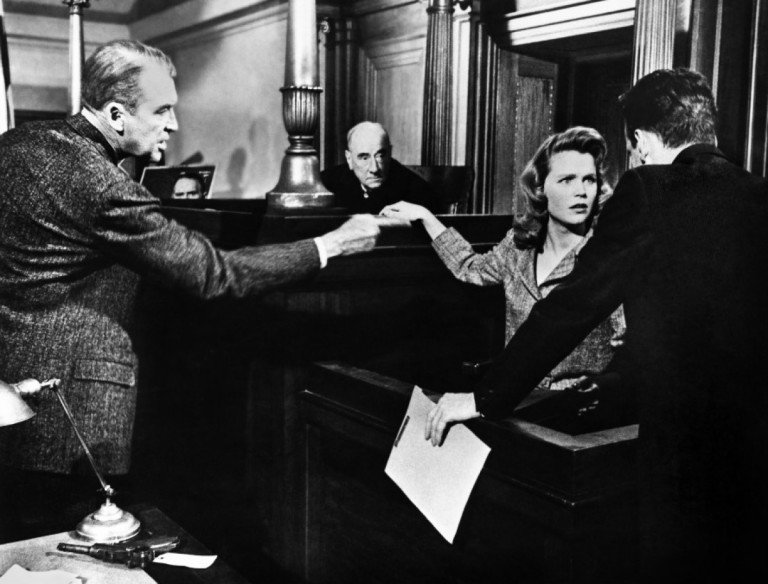
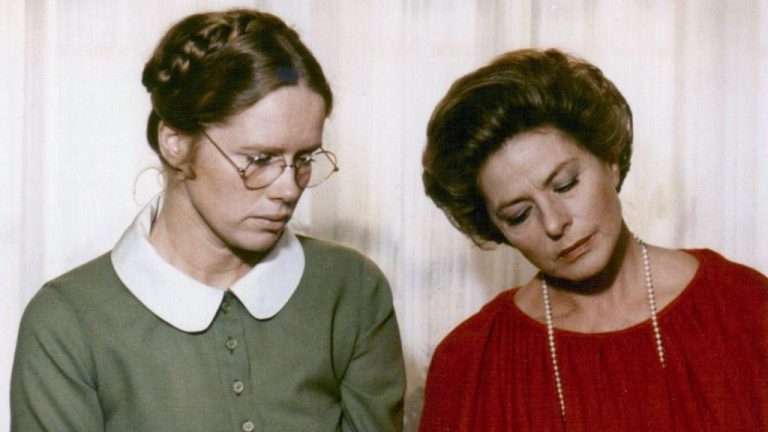
Total Recall?